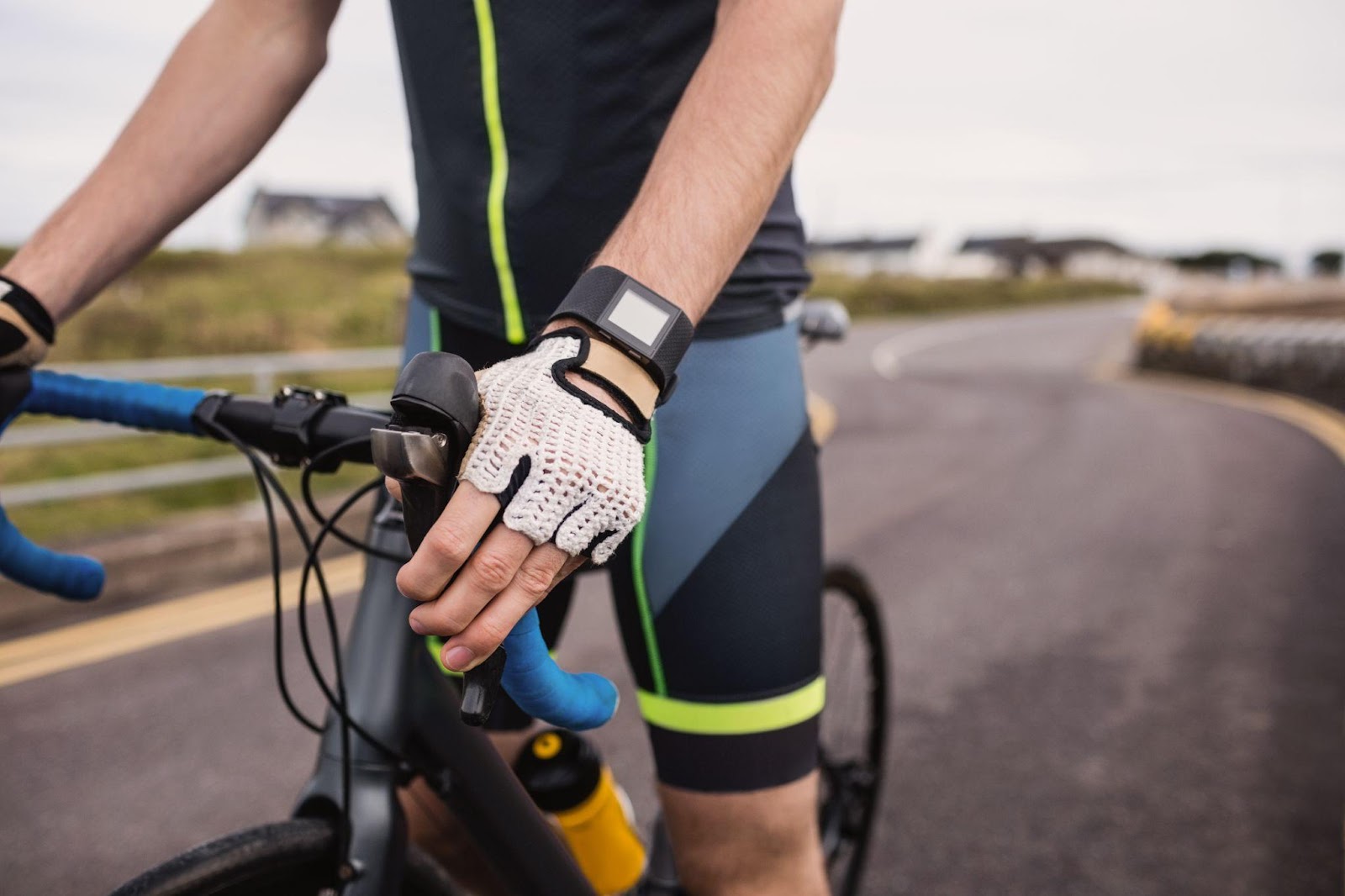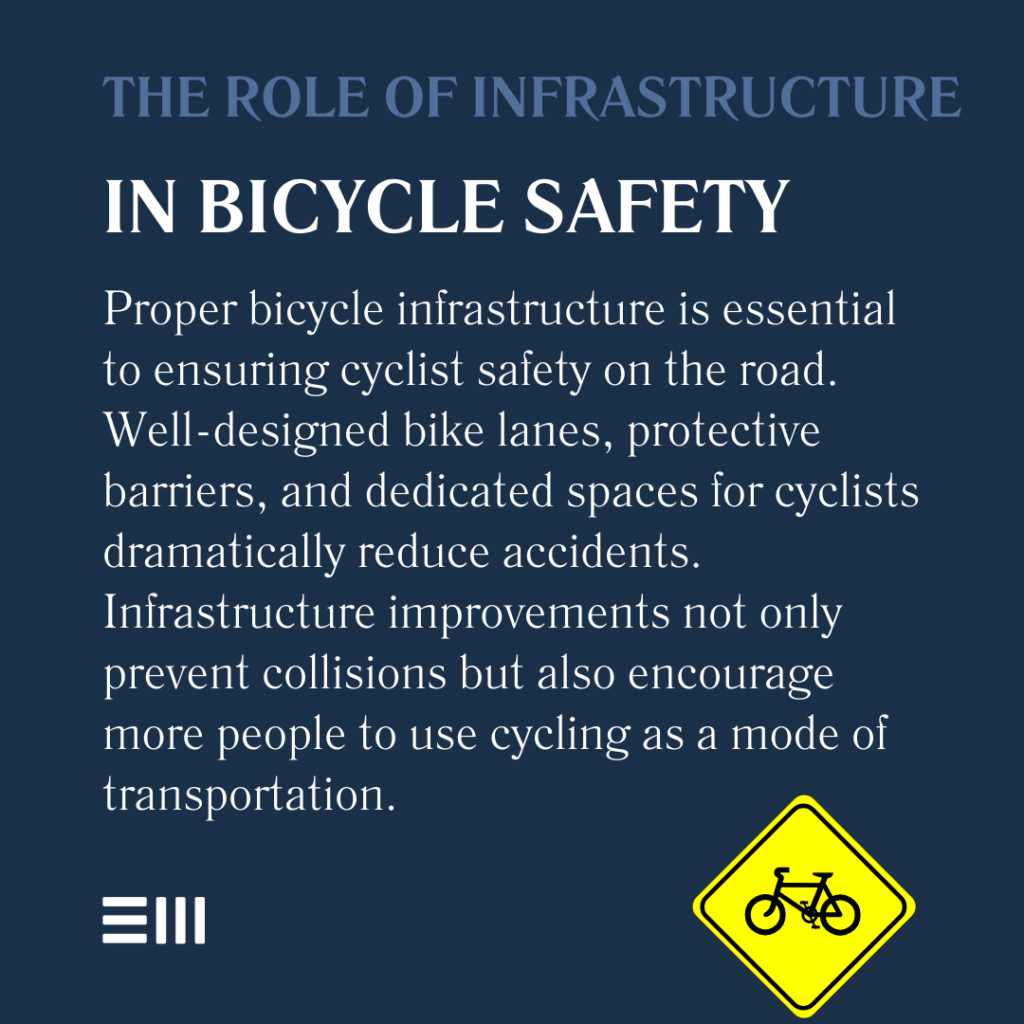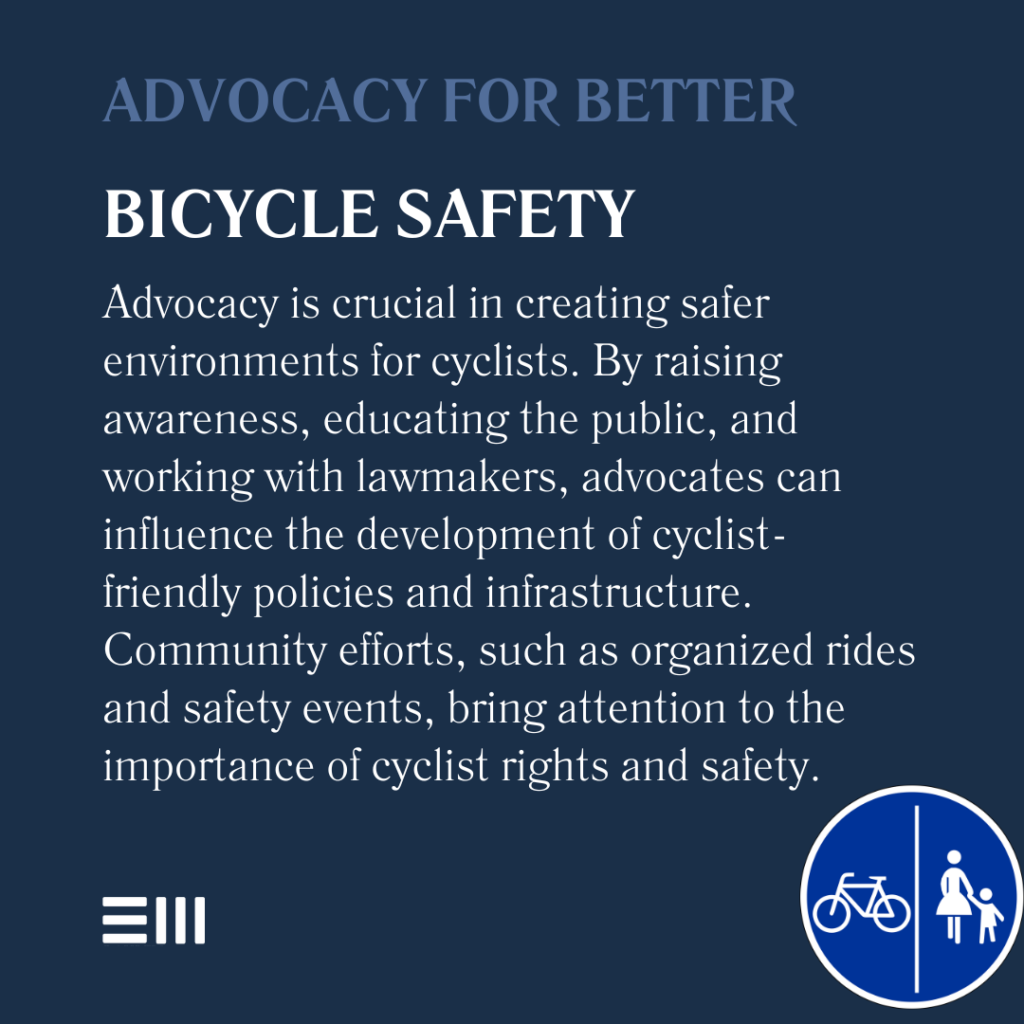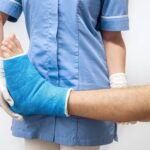
From the bustling streets of Birmingham to the scenic byways of the Gulf Coast, Alabama’s diverse landscape attracts cyclists of all types.
Yet, as more people embrace cycling for commuting, fitness, and leisure, the risk of accidents looms large: Alabama averages about 263 bicycle crashes every year.
This reality, drawn from Alabama Department of Transportation data, underscores a critical question: How can we make Alabama’s roads safer for cyclists?
Understanding Bicycle Accidents in Alabama
Bicycle accidents in Alabama can result in serious injuries, property damage, and even fatalities.
Understanding the causes and prevalence of these accidents is crucial for both cyclists and motorists.
Common Causes of Bicycle Accidents
- Driver Negligence: This includes distracted driving, failure to yield, and not checking blind spots.
- Poor Road Conditions: Potholes, uneven surfaces, and debris can cause cyclists to lose control.
- Dooring: When a parked vehicle’s occupant opens a door into the path of an oncoming cyclist.
- Intersection Collisions: Failure to obey traffic signals or misunderstanding right-of-way rules.
- Impaired Driving: Accidents caused by drivers under the influence of alcohol or drugs.
To effectively address bicycle safety, it’s crucial to first grasp the nature and scope of bicycle accidents in Alabama, including their causes, frequency, and impact on cyclists and communities.
The Role of Infrastructure in Bicycle Safety
Proper bicycle infrastructure plays a crucial role in preventing accidents and promoting cycling as a safe transportation option.
Types of Bicycle Infrastructure
- Dedicated Bike Lanes: Separate lanes for cyclists, often marked with paint or physical barriers.
- Protected Bike Lanes: Bike lanes with physical separation from motor vehicle traffic.
- Shared Lane Markings (Sharrows): Pavement markings indicating shared use of lanes by cyclists and motorists.
- Bike Boxes: Designated areas at intersections that allow cyclists to wait ahead of vehicles at red lights.
- Bicycle Signals: Traffic signals specifically for cyclists to improve safety at intersections.
Benefits of Improved Bicycle Infrastructure
- Reduced Accidents: Well-designed infrastructure can significantly decrease the likelihood of collisions between cyclists and motorists.
- Increased Cycling Rates: Safe and convenient infrastructure encourages more people to choose cycling as a transportation option.
- Improved Public Health: By promoting active transportation, good bicycle infrastructure contributes to better overall community health.
- Environmental Benefits: Increased cycling leads to reduced carbon emissions and improved air quality.
Proper bicycle infrastructure is a cornerstone of cyclist safety, providing dedicated spaces and features that can significantly reduce the risk of accidents and encourage more people to choose cycling as a viable transportation option.

Safety Advocacy: Promoting a Bicycle-Friendly Alabama
Advocacy plays a vital role in shaping policies, influencing public opinion, and driving the changes necessary to create a safer and more welcoming environment for cyclists throughout Alabama.
The Importance of Advocacy
Advocacy plays a crucial role in improving bicycle safety. It helps:
- Raise awareness about cyclist rights and safety;
- Influence policy decisions and resource allocation;
- Promote education for both cyclists and motorists; and
- Foster a culture of mutual respect on the roads.
Advocacy Initiatives
- Education Programs: Teaching both cyclists and motorists about road safety and sharing the road.
- Policy Lobbying: Working with lawmakers to pass bicycle-friendly legislation and secure funding for infrastructure projects.
- Community Events: Organizing rides and events to raise awareness and promote cycling culture.
- Infrastructure Planning: Collaborating with city planners to ensure cyclist needs are considered in urban development projects.
How to Get Involved in Bicycle Safety Advocacy
- Join local cycling groups or advocacy organizations.
- Attend city council meetings to voice support for bicycle infrastructure projects.
- Participate in or organize community rides and safety awareness events.
- Report unsafe road conditions or infrastructure issues to local authorities.
Through persistent and strategic advocacy efforts, we can build momentum towards a more bicycle-friendly Alabama, where cycling is not only safer but also more widely embraced as a valuable mode of transportation and recreation.

Legal Aspects of Bicycle Accidents
Understanding the legal framework surrounding bicycle accidents is crucial for both prevention and seeking justice in case of an incident.
Alabama Bicycle Laws
- Cyclists have the same rights and responsibilities as motorists on Alabama roads.
- Bicycles must be equipped with a white front light and a red rear reflector when used at night.
- Helmets are required for cyclists under 16 years of age.
Liability in Bicycle Accidents
Determining liability in a bicycle accident can be complex and may involve:
- The cyclist
- Motor vehicle drivers
- Government entities responsible for road maintenance
- Manufacturers (in cases of equipment failure)
Steps to Take After a Bicycle Accident
- Ensure your safety and seek medical attention if needed.
- Call the police to file an official report.
- Gather contact and insurance information from all parties involved.
- Document the scene with photos and witness statements if possible.
- Preserve evidence, including damaged equipment and clothing.
- Consult with a legal professional experienced in bicycle accident cases.
By staying informed about these legal aspects, cyclists can better protect their rights, while all road users can contribute to a safer cycling environment by understanding and respecting the laws that govern shared road use in Alabama.
Frequently Asked Questions
As we navigate the complexities of bicycle safety and advocacy in Alabama, many questions arise from cyclists, motorists, and community members alike.
What Should I Do If I’m Involved in a Bicycle Accident?
First, ensure your safety and seek medical attention if needed. Call the police to file a report, gather information from all parties involved, and document the scene. It’s advisable to consult with a legal professional before discussing the incident with insurance companies.
How Can I Make Myself More Visible While Cycling?
Wear bright, reflective clothing, especially at night. Use front and rear lights on your bicycle, and consider adding reflective tape to your bike and gear. Always signal your intentions to turn or stop.
Are There Any Specific Laws for Cyclists in Alabama?
Yes, cyclists in Alabama must follow traffic laws like any other vehicle. This includes riding in the same direction as traffic, obeying traffic signals, and using hand signals for turns. Helmets are mandatory for riders under 16 years old.
How Can I Advocate for Better Bicycle Infrastructure in My Community?
Join local cycling advocacy groups, attend city council meetings, participate in community planning sessions, and report unsafe conditions to local authorities. You can also organize or participate in events that promote cycling awareness.
What Types of Compensation Can I Seek After a Bicycle Accident?
Depending on the circumstances, you may be eligible for compensation for medical expenses, lost wages, pain and suffering, and property damage. An experienced attorney can help you understand your options based on the specifics of your case.
Fight Harder, Fight Smarter
If you’ve been involved in a bicycle accident or have concerns about bicycle safety and infrastructure in Alabama, it’s important to know your rights and options.
At Baxley Maniscalco, we specialize in bicycle accident cases and are committed to promoting safer cycling conditions across the state.
Our experienced team can:
- Provide a free consultation to discuss your case;
- Help you navigate the complex legal process;
- Advocate for your rights and fair compensation;
- Work with insurance companies on your behalf; and
- Support local initiatives for improved bicycle infrastructure and safety.
Don’t face the aftermath of a bicycle accident alone.
Contact Baxley Maniscalco today to schedule your free consultation and take the first step towards justice and recovery.
Can't find what you're looking for? Search our site below.










